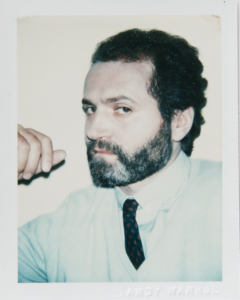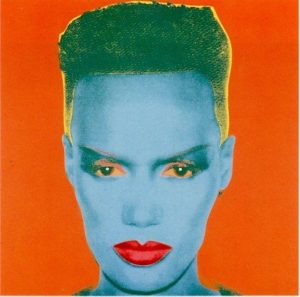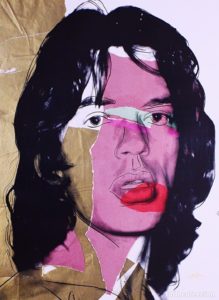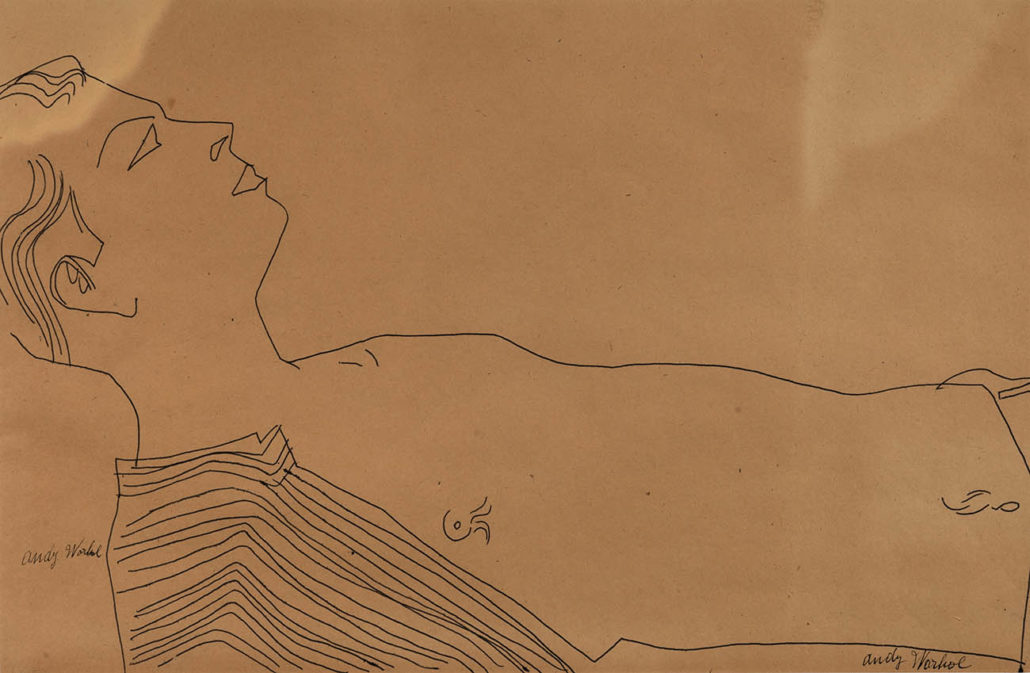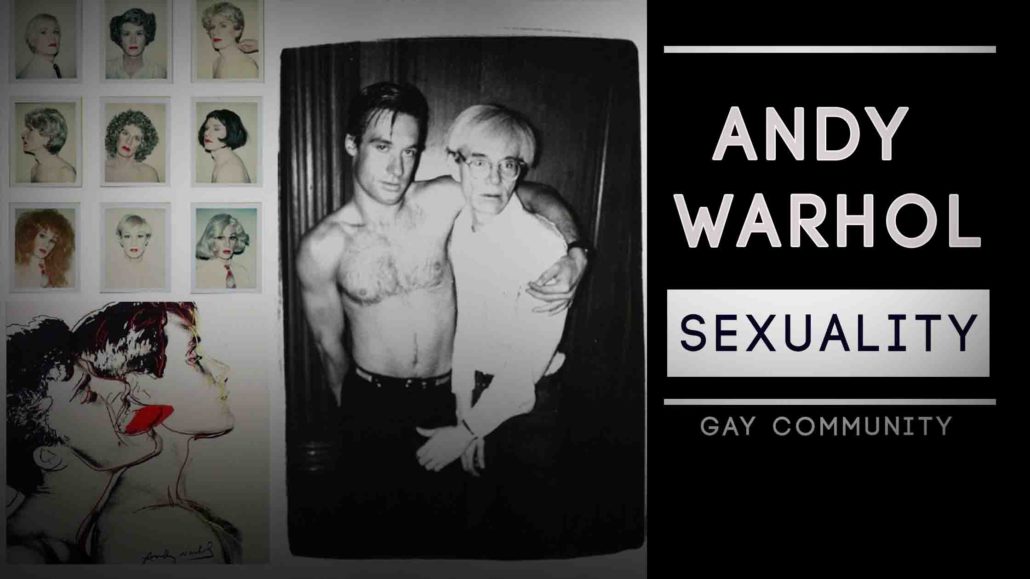Andy Warhol's song to male beauty.
A lot of Before Andy Warhol became the dazzling pop art star, the artist created more than 300 drawings during the 1950s that, in their entirety, represent a true ode to male beauty . To this fascinating group belongs the work “Unknow nude male” that on the 16th we will bid in our contemporary art auction. Showing off his daring character, a young Warhol dares to portray and celebrate the male nude at a time when sexual freedom in the United States, far from being conquered, was persecuted, stigmatized and punished. Despite the resounding popularity of his work, drawings like this one become true jewels that reveal the lesser-known side of Andy Warhol, projecting us on a journey towards the first steps that led the artist to become an icon of modernity. .
During the 50s, being already a commercial illustrator on the rise, Warhol wanted to make himself known in the art scene of New York City with a series of drawings that, far from having the approval of the most prestigious art galleries, provoked the most absolute of rejections and even led to surveillance by the FBI because of the homosexual tendencies he showed in his works. The censorship that he suffered during the 50s and 60s, would lead him to consciously suppress all homosexual connotations in his work, until his resounding success in the 1970s allowed him to shed any homophobic taboo to explore the complexity of sexuality and male desire.
Indeed, Warhol’s well-known fascination with celebrities, money, mass production, and publicity is comparable to his obsession with the male figure in its broadest sense. Warhol portrayed young men, many naked and some openly sexualized who are idle, proud or even bored with their beauty, while the artist, with his mischievous voyeurism, draws them spellbound.
In this way, his ability to capture the beauty and exceptionality of the most common and banal objects – be it a can of soup, a gun or a banana – translates here into Warhol’s interest in portraying masculine, muscular and beautiful bodies, that often move away from the parameters that govern the virile canon, revealing certain “feminine” traits and attitudes with which the protagonists have chosen to show themselves to the world with pride. Therefore, Andy Warhol’s men, beyond their beauty, they declare themselves daring , exhibitionists, and above all stripped of the fear and repression that was customary at that time . The attitude of his models is after all a reflection of the artist himself, who, unlike many of his contemporaries, far from shying away from his identity, relies on it to create an ambiguous and provocative image of himself. Therefore, these drawings allow us to delve into a much more personal facet of this enigmatic artist, in which the most intimate, close and vulnerable vision of an inner world is revealed to us that, on rare occasions, he will exhibit again in his works.
In drawings like this, mostly done in ink on paper, Warhol exhibits a style close to the sketches of Jean Cocteau and even Matisse. With a line as agile as it is refined and precise, Warhol is able to resolve the human figure in just a few strokes, in which he anticipates the obsessive approach to capturing people at specific moments, as if it were a photograph. By centering, or as here occupying the entire support, the bodies devoid of any spatial reference become, in the hands of Warhol, fetish objects precursors of the portraits that he later made of artists such as Dennis Hopper, Grace Jones, Mick Jagger or Gianni Versace.
One more time, Warhol’s work shows us that, after its apparent banality and superficiality, underlies a complex character and a revolutionary genius that forever transformed the conception of the art world.
